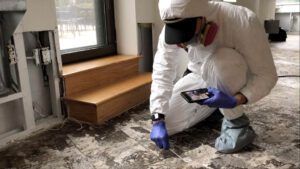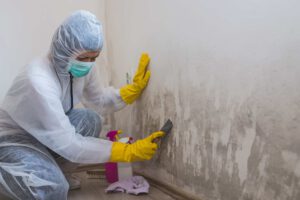
Local Business
Air Quality Testing for Mold: Assessing Mold Spore Levels in Your Home
Mold is a common issue that can affect the air quality in your home and pose health risks to you and your family. While visible

Mold is a common issue that can affect the air quality in your home and pose health risks to you and your family. While visible

Mold growth can be a homeowner’s worst nightmare. It can leave ugly stains and nasty smells and even harm your and your family’s health. That’s
